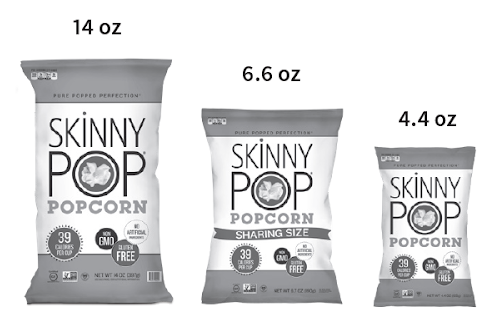Late Stage Tactics Kill Early-Stage Brands…Early
When you get a cold, you probably have a runny nose. Then you grab some super soft paper tissue from a box to wipe that runny nose (unless you’re like my uncivilized children). Most of us still call this soft, paper tissue – Kleenex. At least those of us over the age of 45.
The Japanese invented facial tissue, but it was WWI that spurred the technical innovation we would later come to know as the brand Kleenex, launched by a private company in Wisconsin in 1924. Kleenex became the dominant, scale brand almost immediately through aggressive advertising (in an era when ads alone could drive organic growth AND word of mouth). And Kleenex did this based on a very limited number of UPCs.
Kleenex invented a new category for most Americans, and, when you are that innovative, you can drive growth for decades off the category’s growth and increasing usage. You are unleashing a cultural trend in the form of a branded product habit.
Today, Kleenex has six separate product lines and over 50 fifty UPCs (including different packs sizes in different channels). It’s still almost exclusively a paper tissue brand, though. Note how focused you can stay when you create the category. Sigh…
Adding lines and UPCs are important late-stage growth and defense tactics for many legacy brands that dominate market share in CPG categories. I know because I worked on those innovation projects for years with BigCo brands. Adding UPCs, or swapping them out more often, are the go-to tactics for many brand managers looking for some kind of minimally cannibalistic, incremental growth. It keeps relationships with buyers active and healthy. It can sometimes add new households as well.
Yet, for the most part, adding new UPCs beyond 3-8 at the core, is a waste of internal operational time, sucks up cash flow to support inventory and supply chain and takes money away from trade and consumer promotions to move the core UPCs.
Often it is the most overfunded early-stage brands that spew out new UPCs, because money isn’t that tight. Yet, I still see many founders drift into new categories that dilute their operational focus AND confuse the consumer as to where in the store your expertise lies.
Don’t use late-stage growth tactics for early-stage brands just because you see this behavior everywhere at trade shows. Be disciplined and focus on iterating/perfecting your core UPCs. In my book, Ramping Your Brand, I do talk about one form of innovation that makes a lot of sense for early-stage brands, even quite early on their growth: additional pack-sizes. That’s one set of UPCs that often become critical to unleashing exponential growth in Phases 3 and 4.
